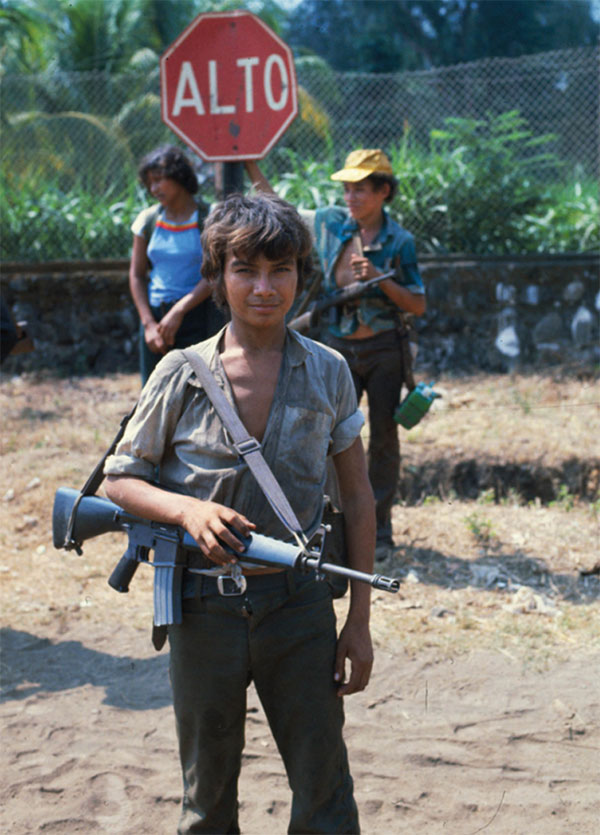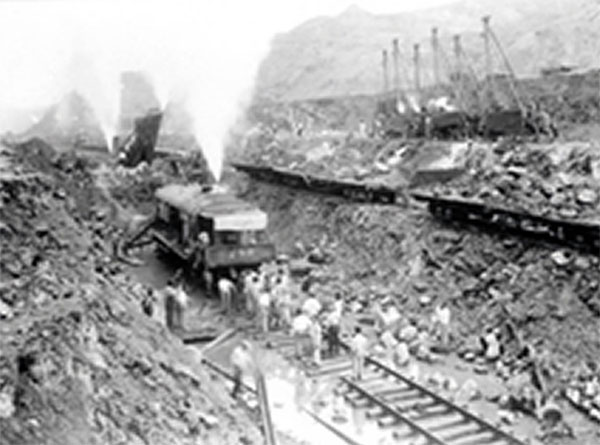MODERN HISTORY
Natural disasters, civil wars, and foreign intervention have dominated headlines in recent decades, but stability in the region finally seems to be within reach.
The 20th and 21st centuries have seen many ups and downs in Central America. There has been no shortage of drama to say the least. Civil Wars, uprisings, revolutions, outside interference, and major natural disasters have all played a part, giving a sense of mass disorder. However, recent years have seen economic growth and development, as well as the stabilization of the political situation in many countries.
Domination of US fruit companies
Throughout the 20th century, countries like Costa Rica, Guatemala, and Honduras were effectively controlled by American fruit corporations, which consolidated large landholdings throughout the region.
In 1899, New Orleans-based Vaccaro Brothers and Company, which would later become Standard Fruit, arrived in Roatán, in the Bay Islands of Honduras, to buy fruits like coconuts, oranges, and bananas. Two years later they set up on the mainland in La Ceiba and soon controlled the entire banana industry along the coast from Boca Cerrada to Balfate, a stretch of about 80km (50 miles).
The United Fruit Company grew so big in the 1950s, taking over the railroad, radio, telegraph, and electricity companies, it was nicknamed ‘El Pulpo’ – the Octopus.
Around the same time, another American fruit corporation, United Fruit, came to Honduras to take over banana plantations. With enormous wealth, they were able to gain extraordinary access to the Honduran government. They were granted concessions to build railroads from Tela to Progreso and from Trujillo to Juticalpa. With the two railroads, the Tela Railroad Company and Trujillo Railroad Company, United Fruit was able to dominate the banana trade in the country.

An El Salvadoran rebel child soldier, 1983.
By taking over large concessions of land mostly to grow bananas, farmers who were growing and exporting their crops were forced out of business. Additionally, as these corporations favored workers from the West Indies and Belize, who were usually better-educated and spoke English, resentment grew.
Over time, the fruit companies began to look more and more like foreign occupations. Conflicts over land ownership and workers’ rights led to armed conflicts and multiple invasions by US armed forces, who were lobbied by the US-aligned elites to protect their investments. In the first decades of the 20th century, US military incursions took place in Honduras in 1903, 1907, 1911, 1912, 1919, 1924, and 1925.
The strife within the banana industry helped bring about the region’s first organized labor movements. The first major strike occurred in 1917 against the Cuyamel Fruit Company, which was quickly suppressed by the Honduran military. Protests against the Standard Fruit Company’s holding in La Ceiba in 1920 elicited the response of a US warship being dispatched to the Caribbean coast. The strike only ended when Standard Fruit offered a new wage, equivalent to $1.75 per day.
Construction of the Panama Canal
There has been no more significant imitative in the history of Central America than a trade route between the Atlantic and Pacific Oceans. The construction of a shipping route across the isthmus was first proposed in Nicaragua – using the San Juan River and Lake Nicaragua, as well as a series of locks and tunnels from the lake to the Pacific Ocean – during the early colonial era. There were studies done as early as 1551 by the Viceroyalty, and the short-lived Federal Republic of Central America commissioned a study in 1825 and asked the US for financing and engineering technology to explore the idea. It never came to fruition and the idea would be explored again and again by a variety of parties until the end of the 19th century.

Steam shovel trains excavating the Panama Canal channel in 1913.
BANANA REPUBLICS
While companies such as United Fruit and Standard Fruit – which would grow up to become Dole and Chiquita – profited wildly from the banana, the people in the places that grew bananas rarely shared their success. In fact, the power and influence that these American corporations held in Central America resulted in the mass destabilization of several countries. In exchange for land, these companies built sorely-needed infrastructure. However, they used government ties to control railroads and ports, and when they didn’t get their way, they even supplied weapons to opposition groups in return for favorable conditions. Under the system, workers were often exploited, and overall economic development was uneven. Despite so much money coming to the country, the people remained poor and the government corrupt.
While in Honduras in 1904 escaping an embezzlement charge, American writer O. Henry wrote the short story The Admiral, later published in his book Cabbages and Kings. The story describes life in a fictional, dysfunctional country called Anchuria, where the entire economy revolved around the banana. He described it as a ‘small, maritime banana republic,’ and that’s how the phrase was coined. Today, use of this term is considered derogatory and offensive.
In Panama, the idea of transisthmian has been around since the time of conquest. Work was done as early as 1519 when the Spanish crown began dredging the Chagres River , which allowed for traffic for two-thirds of the way across the isthmus. When the French attempt at building a sea-level canal in the late 1800s was in disarray because of disease and faulty engineering, the US took over. From 1904 to 1913 the 83-km (50-mile) lock canal, considered one of the world’s great engineering triumphs, was built by the US Army Corps of Engineers. On 10 October, 1913, President Woodrow Wilson detonated the dike at Gamboa, which isolated the Culebra Cut from Gatún Lake, via telegraph from Washington. The canal opened to traffic the following August, just as World War I had broken out.
The canal became an important strategic and economic asset to the US and changed world shipping patterns by saving the extra 12,600km (7,800 miles) of travel around Cape Horn at the foot of South America. In total, the canal cost the US about $375 million, including $10 million paid to Panama and $40 million paid to the French operators. A total of roughly 75,000 people worked on the project and 5,609 lives were lost by workers who died from disease and accidents during the construction.